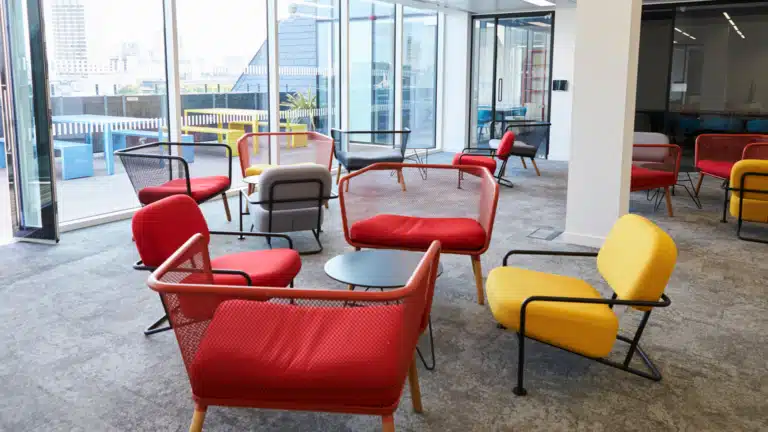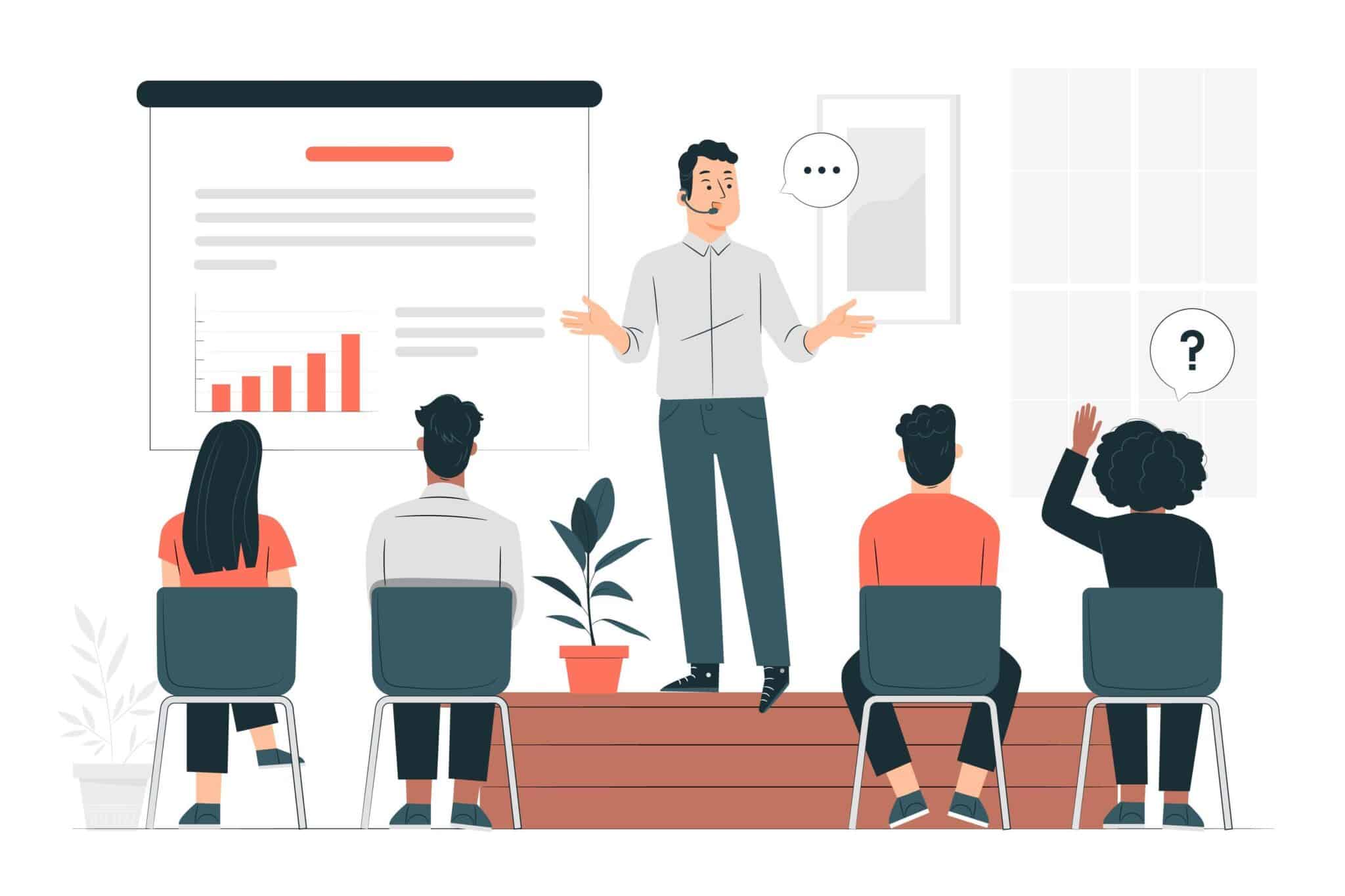In today’s rapidly changing work landscape, fostering meaningful learning experiences has become both more critical and more challenging. The shift to digital learning has been swift, and like many of you, I’ve felt the pressure of creating engaging learning journeys online. A key insight I’ve discovered over the years is that learning often thrives in social environments. The interaction, debate, and collective reflection typical of traditional classroom settings can be incredibly powerful. But how do we replicate this effectively in a digital world?
Social learning, first extensively documented by Albert Bandura, refers to the process by which individuals learn through observing others, reflecting on behaviors, attitudes, and outcomes. In simpler terms, we watch, we learn, we apply. When we look closely, this is precisely how great workplace cultures thrive, colleagues learn best practices by observing peers and leaders in action.
Yet, when it comes to digital learning, the experience can feel isolating. Many of us have experienced what’s termed as “Zoom fatigue.” This fatigue isn’t just about physical tiredness but the cognitive effort required to constantly interpret non-verbal cues through a screen. In this context, fostering social learning can seem daunting, but from experience, I can assure you it’s not impossible.
Drawing on my experiences in facilitating virtual learning programs, here are six practical and effective ways to leverage social learning in a digital environment.
1. Start with Creative Energizers
Table of Contents
Energizers set the stage for engagement, and creativity is key here. I’ve found that beginning a session with activities involving participants’ immediate environment is effective. Something as simple as asking participants to share an object near them or describe their workspace can quickly establish comfort and authenticity.
Such energizers help shift participants from passive listening to active participation, instantly reducing the cognitive load of maintaining a virtual presence. You can also explore more about creating impactful sessions by understanding FocusU’s Approach to Facilitation.
2. Utilize Polls and Surveys
Polls are fantastic tools for quick, anonymous feedback and engagement. They serve as conversation starters and help even the most introverted participants to express themselves comfortably.
In my sessions, I frequently use polls to gauge opinions on key topics before diving deeper into discussions. The insights gathered act as conversation catalysts, facilitating deeper learning and perspective sharing.
3. Incorporate Realistic Scenarios
Realistic, well-designed scenarios anchor learning experiences in practicality. I’ve observed participants engage deeply when the scenarios presented mirror their workplace realities. Encourage participants to discuss how they’d respond in certain situations, fostering healthy debates and collective problem-solving.
Scenario-based learning helps teams explore different perspectives, broadening their understanding and enhancing problem-solving skills. Scenarios based on actual workplace challenges are especially impactful.
4. Facilitate Case-Based Discussions
One method I’ve seen consistently succeed is using real-world case studies to drive discussion. Case studies compel participants to apply theoretical concepts practically, driving deeper understanding and reflection.
Before the session, share a relevant case study and encourage participants to come prepared with their insights and opinions. During the session, use the live interaction to debate ideas, encourage diverse viewpoints, and capture learnings. Supplementing these discussions with clear, practical templates or guides can significantly enhance the application of the concepts discussed.
5. Leverage Breakout Rooms Strategically
Breakout rooms can transform the virtual classroom from a passive listening environment to an active learning space. Breaking large groups into smaller units enables focused discussions and higher participation from each member.
To ensure breakout rooms are effective, clearly define the objectives. Participants should know exactly what’s expected from their discussion. I usually assign straightforward, focused tasks that encourage clear outcomes. This structured approach results in meaningful insights that participants can share upon returning to the larger group.
6. Harness Microlearning
Microlearning offers bite-sized, highly-focused learning modules designed for maximum impact and easy assimilation. What makes microlearning particularly powerful is its ability to reinforce learning through spaced repetition and immediate application.
I’ve found that learners often engage more actively with microlearning content, especially when it involves sharing personal reflections and experiences within their peer groups. Encouraging peer-to-peer interactions through likes, comments, and messaging, similar to social media platforms, further enhances engagement. To explore more about leveraging microlearning effectively, you can read about How to Effectively Use Microlearning as a Learning Tool for Your Organisation.
Final Thoughts and Key Takeaway
Adapting social learning strategies effectively in a digital setting requires thoughtful design and intentional facilitation. By leveraging energizers, interactive polls, realistic scenarios, engaging case studies, breakout rooms, and microlearning, we can create engaging and impactful digital learning experiences.
The underlying challenge many teams face today is maintaining engagement and meaningful interaction in virtual environments. By adopting these social learning practices, you can address this challenge head-on, fostering an inclusive, participatory, and collaborative digital learning culture.
Ultimately, remember that the goal of social learning is not merely knowledge transfer, but transforming understanding into actionable insights that positively impact the workplace. Let’s leverage social learning effectively and help our teams “Be More.”













